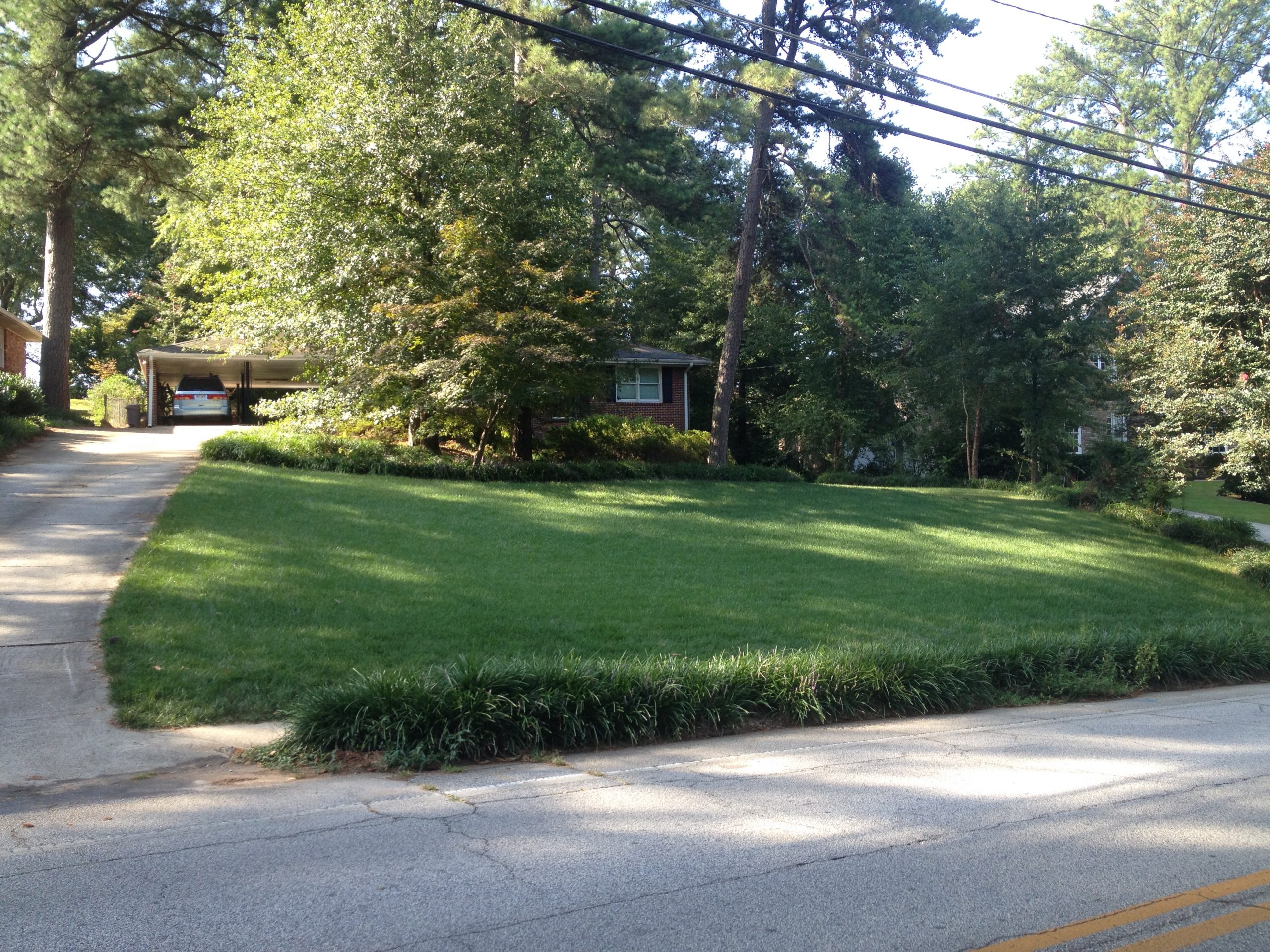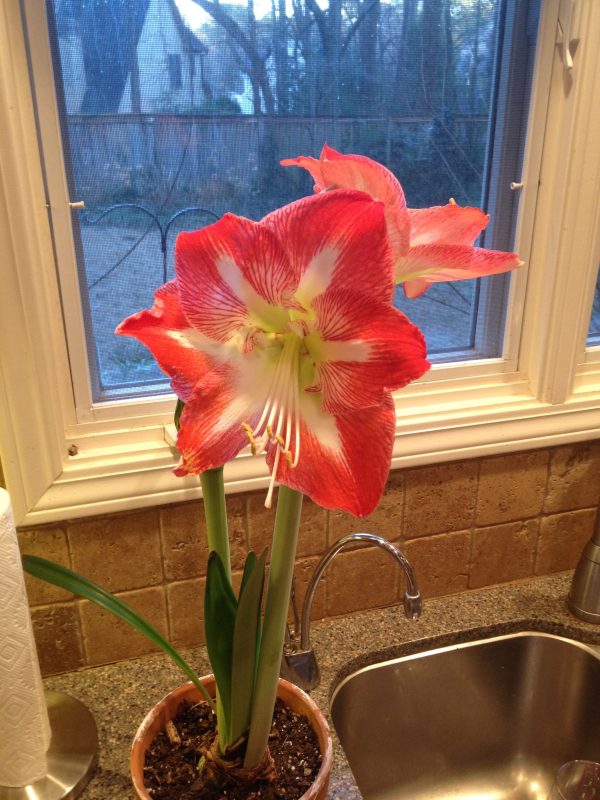Fescue Planting – 1-2-3

September – October is the BEST time to plant a fescue lawn but March -April is also a possibility. I have tips on planting a new lawn or an existing lawn, whether with seed or sod. I also cover what kind of fescue is best.

It is not as important as you think it is, but everyone’s first thought is what fescue seed to buy.
Read this:
Choosing a Fescue Variety and then come back to this page.
Seeding a New Lawn
Optimum air temperatures for tall fescue germination are 68 to 77°F and soil temperatures greater than 60°F.
· Kill all weeds by spraying the area with glyphosate (click for sources) two weeks before planting.
· Mix in a layer of soil conditioner one inch thick. Till the soil thoroughly to a depth of six inches.
· Rake the area smooth, removing rocks, clumps and grassy debris.
· Roll the area with a water-filled roller to reveal low spots.
· Fill low spots with soil.
· Scatter 5 to 8 pounds of seed per 1000 square feet.
· Cover very thinly with wheat straw (1 bale per 1000 square feet).
Overseeding an Existing Lawn
· If the lawn is covered 50% or less with healthy fescue, use a rented verticutter (sometimes called a dethatcher). Adjust the verticutter blades to just touch the top of the soil.
· If the lawn is covered 50% or more with healthy fescue, use a rented core aerator. Stop when you have 10 or more aerator holes per square foot.
· Just before seeding, lower your mower one notch below your normal mowing height and mow the lawn. This removes the grass canopy and helps seed fall directly onto the soil.
· Spread 3 to 5 pounds of seed per 1000 square feet. Drag the area with a carpet or section of chain link fence to crumble aerator plugs and cover the seed with soil.
Planting Sod
· Prepare the soil as if you are planting a new lawn (see above)
· Starting along the longest straight edge of the area, lay sod pieces end-to-end.
· Make sure each piece is tightly placed next to its neighbor.
· Stagger sod pieces in adjacent rows so seams do not line up.
· Use a small hatchet or sharp shovel to trim pieces to fit around obstructions.
· Roll the entire area once more, to insure good sod-to-soil contact.
· Water sod lightly and daily for five days, then within three weeks wean it to one inch of water per week.
Watering Schedule after Seeding
· Set out several paper cups while you irrigate to help determine how long it takes to apply an inch of water.
· Apply one inch of water immediately after planting.
· Apply only enough water daily (or as regulations allow) to prevent the top one-half inch of soil from drying until seedlings are 1.5 inches tall.
· After that, apply one-fourth inch of water every third day for nine days.
· Next, apply one-half inch of water every fifth day for ten days.
· After this establishment period, apply one inch of water per week for the rest of the growing season.
· There is no need to water if rainfall supplies the correct amount.
Weed Killers
· Glyphosate (click for sources) can be used to kill existing weeds one week before seeding.
· Do not use a pre-emergent herbicide, a broadleaf weed killer or a “weed and feed” product before seeding or within six weeks after seeding.
Fertilizing
· Use a starter fertilizer at planting using the label rates.
· Fertilize again in mid-November, using any brand turf fertilizer.
· Fertilize again February, using any brand turf fertilizer.
· Fertilize again mid-April, using any brand turf fertilizer.
Liming
· Most Georgia soils benefit from garden lime. A UGA soil test will tell you exactly what your soil needs. In the absence of a soil test report, apply 50 pounds per 1000 square feet, preferably a week before or after planting.















